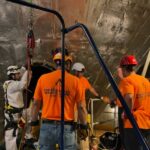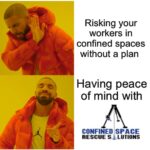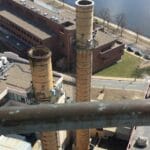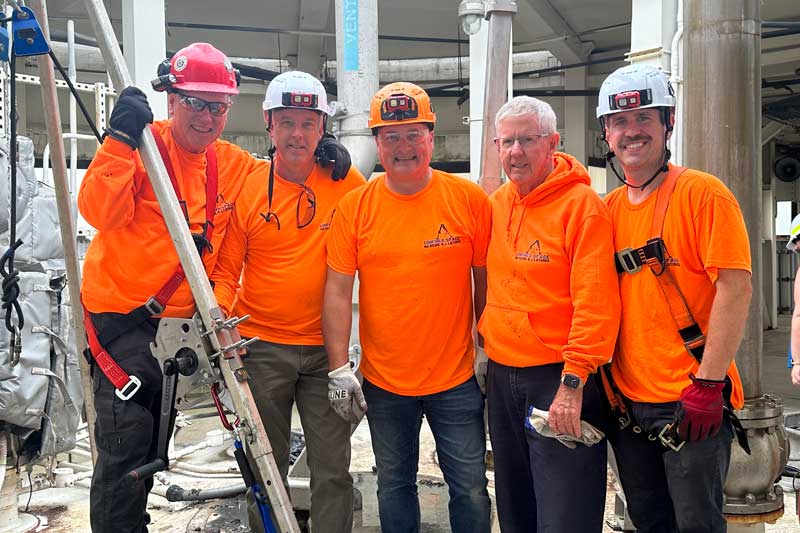You may have heard of “OSHA” before, but do you know who they are and what they do? OSHA is the acronym that stands for the Occupational Safety and Health Administration, a federal agency in the United States. Operating under the U.S. Department of Labor, OSHA is responsible for the crucial task of ensuring safe and healthy working conditions for employees by setting and enforcing standards and regulations. The goal of OSHA is to reduce work-related injuries, illnesses, and fatalities by promoting a culture of safety and ensuring employers meet the required safety standards within the workplace.
The key functions of OSHA include:
- Setting Standards: establishing workplace safety and health standards for various industries to minimize risks like accidents, injuries, and exposures to harmful substances.
- Enforcement: OSHA enforces standards by conducting inspections of workplaces, issuing citations, and imposing penalties for any violations.
- Training & Education: OSHA provides resources, training programs, and certifications to aid workers and employees’ understanding of how to maintain safety in the workplace.
- Compliance Assistance: OSHA offers guidance and support to help employers comply with safety regulations via outreach programs and other resources for specific industries.
- Recordkeeping & Reporting: OSHA requires employers to keep records of workplace incidents, injuries, illnesses, and fatalities, and report them when required.
How does OSHA Relate to Confined Space?
OSHA regulates permit-required confined spaces (PRCS) under 29 CFR 1910.146. These regulations are designed to protect workers who are required to enter or work in confined spaces, warranting they are aware of potential hazards and receive appropriate training and protective measures.
Here’s a breakdown of the key OSHA regulations for PRCS:
- Definition of Confined Space (29 CFR 1910.146(b))
- A confined space is defined as an area that:
- Is large enough for an employee to enter and perform assigned work.
- Has limited or restricted means for entry or exit.
- Is not designed for continuous human occupancy.
- Permit-Required Confined Space (PRCS) has additional signigicant hazards that could pose risks to workers, including:
- Atmospheric hazards (e.g., lack of oxygen, toxic gases).
- Engulfment (e.g., being trapped by materials like grain or liquids).
- Mechanical hazards (e.g., moving parts or machinery).
- Other serious safety or health hazards (e.g., radiation, electrical, heat, etc.).
- Identification and Classification (29 CFR 1910.146(c))
- Employers must evaluate their workplace to determine which spaces are confined and whether they are permit-required.
- If a confined space has potential hazards, it must be classified as a PRCS.
- The employer is responsible for creating an inventory of confined spaces and assessing the hazards in each space.
- Permit System (29 CFR 1910.146(d))
- A permit system is required for entry into PRCS. The employer must have a permit that:
- Identifies the confined space.
- Lists the specific hazards present.
- Details of the control measures (e.g., ventilation, personal protective equipment).
- Names the authorized entrants and attendants.
- Includes the entry and rescue procedures.
- The permit must be signed and issued before the entry occurs, ensuring that all safety measures are in place.
- Entry Procedures (29 CFR 1910.146(f))
- Before entry, the employer must ensure the following:
- Atmospheric testing for hazardous gases or oxygen levels (using calibrated instruments).
- Ventilation to ensure a safe environment.
- Isolation of hazardous energy sources (e.g., lockout/tagout of machinery).
- Attendants must be positioned outside the space to continuously monitor & assist workers.
- Communication systems should be established for emergencies.
- Personal protective equipment (PPE) and other safety measures must be used as appropriate.
- Training (29 CFR 1910.146(g))
- Employees who are involved in confined space entry must be extensively trained in:
- The hazards associated with confined spaces.
- The entry procedure.
- The use of equipment (such as monitoring devices, breathing apparatus, PPE).
- Rescue and emergency procedures.
- Workers must be trained on the specific roles they will perform (e.g., authorized entrant, attendant, or entry supervisor).
- Rescue Procedures (29 CFR 1910.146(k))
- Employers must have rescue procedures in place in case of an emergency.
- The procedures must:
- Ensure that rescue teams are adequately trained.
- Provide the means for immediate and safe rescue in case of worker incapacitation.
- Include rescue equipment and make sure it’s readily available at the site.
- Non-Permit Confined Spaces (29 CFR 1910.146(c))
- If a confined space does not contain hazards or has hazards that can be controlled, it is classified as a non-permit confined space.
- However, if conditions change (e.g., new hazards arise), it may be reclassified as a permit-required confined space, and the appropriate permit system must be followed.
- Ongoing Monitoring (29 CFR 1910.146(i))
- Atmospheric testing should be conducted continuously (if necessary) to ensure that the atmosphere inside the confined space remains safe.
- If conditions change (e.g., an increase in toxic gases or oxygen depletion), the worker must exit immediately.
- Rescue and Emergency Services (29 CFR 1910.146(i)(6))
- Employers must have rescue services available in the event of an emergency.
- Rescue operations must be planned, and the proper equipment must be available for immediate use.
- Documentation (29 CFR 1910.146(h))
- Employers must retain records of entry permits, hazard assessments, and any training completed by employees.
- These records must be available for inspection by OSHA and kept for a specified period.
Summary of Key Responsibilities for Employers:
- Identify confined spaces and evaluate if they are permit-required.
- Implement a permit system and ensure that appropriate measures are taken before any entry.
- Provide proper training, equipment, and rescue services.
- Continually monitor for atmospheric hazards and ensure emergency preparedness.
Where does Confined Space Rescue Solutions (CSRS) Fit into All of This?
CSRS provides expert confined space search and rescue teams and specialized training to keep your operations safe and OSHA compliant.
Our experienced and highly trained personnel are available to provide a range of rescue services, from on-site and emergency response to standby rescue activities.
When it comes to ensuring the safety of your workers in confined spaces, our confined space rescue standby team offers unparalleled expertise. Based in Quincy, MA, and serving all of New England, we have been providing confined space rescue standby services since 1997. Our team consists of highly skilled, active, or retired firefighters, ensuring that your operations are in the safest hands possible. We not only adhere to the strictest safety regulations, but we actively engage in the process, always ready to respond instantly if an emergency arises.
Confined Space Rescue and Training
Our comprehensive training programs are designed to meet the rigorous standards set by OSHA. We offer training in Confined Space Awareness, Entry, Supervisor, and Rescue, equipping participants with the knowledge and skills required to perform effectively in high-risk situations.
Understanding the importance of being trained to the appropriate level cannot be overstated; proper training not only ensures compliance but also significantly enhances safety for everyone involved in confined space work.
Reliable Confined Space Standby Rescue Services
We understand that emergencies can happen at any time, which is why we provide confined space standby rescue services 24/7. Our team can respond to your site on short notice, ensuring that trained professionals are ready to assist whenever needed.
With our extensive experience and commitment to safety, you can trust us to be your reliable partner in confined space operations!


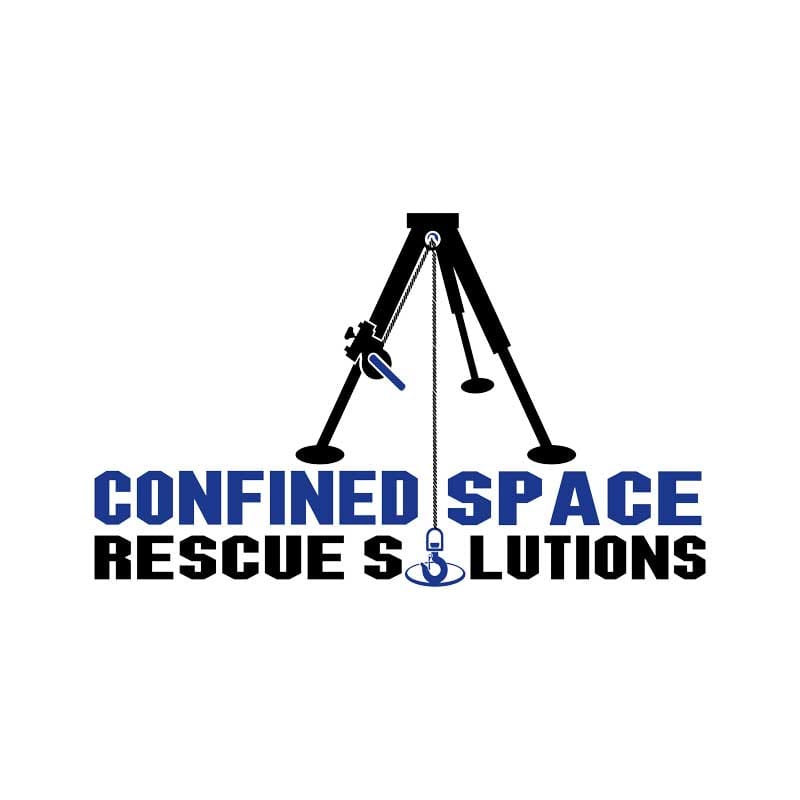 Confined Space Rescue Solutions, based in Quincy, MA, offers expert standby rescue and training services for employers with confined space entry needs. Serving clients across New England, the company specializes in ensuring the safety and compliance of workers in hazardous environments through professional rescue teams and tailored training programs.
Confined Space Rescue Solutions, based in Quincy, MA, offers expert standby rescue and training services for employers with confined space entry needs. Serving clients across New England, the company specializes in ensuring the safety and compliance of workers in hazardous environments through professional rescue teams and tailored training programs.